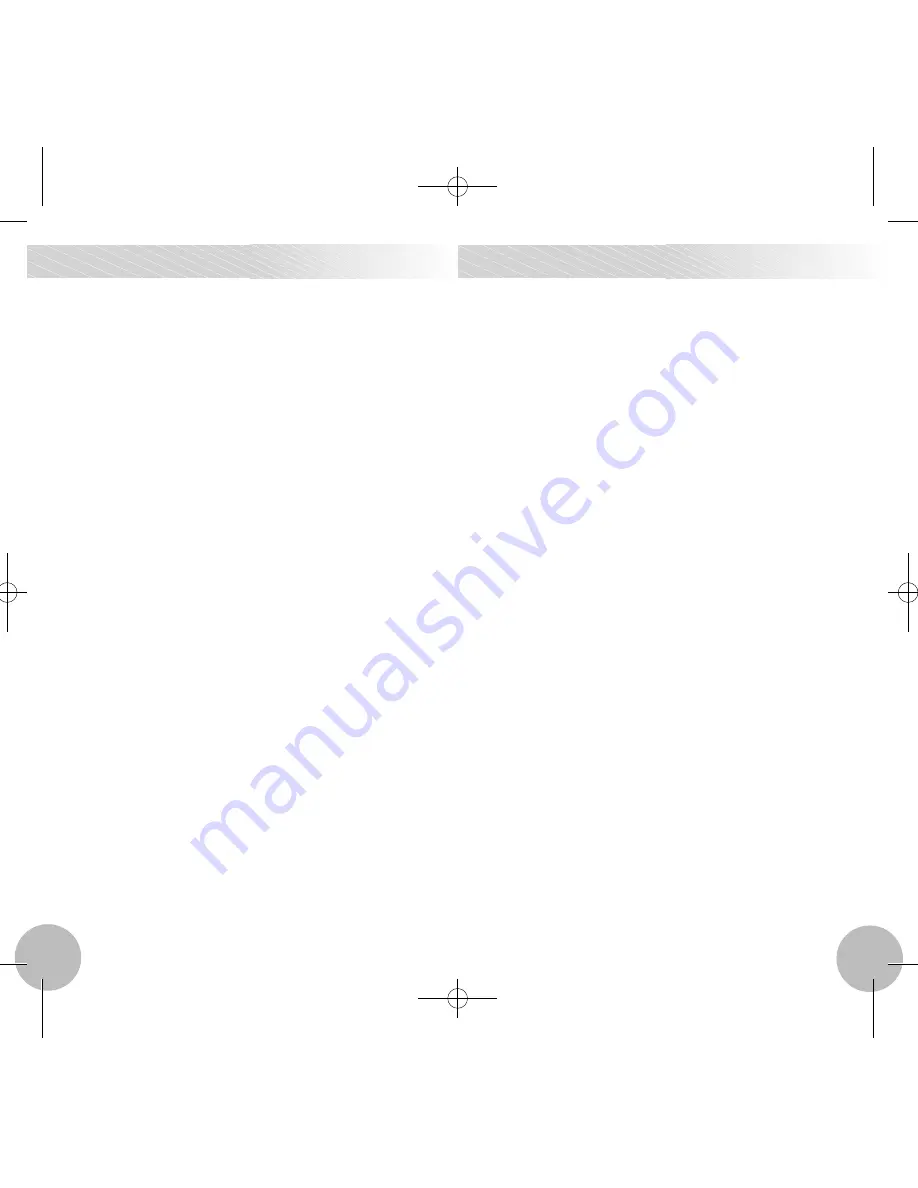
11
12
Battery Information
Cleaning Your Hearing Instrument
Hearing instruments are exposed to moisture
in the form of humidity and perspiration while
being worn. The daily use of a dehumidifying
system or drying kit approved by your hearing
healthcare provider is recommended. These
accessories may be purchased from your
hearing healthcare provider.
The most common causes of hearing aid repair
are wax and moisture. If you are encountering
recurrent repairs, please discuss the various
wax/moisture prevention systems and acces-
sories with your hearing healthcare provider.
Your digital hearing instruments are
programmed either through the battery door
or through a socket on the faceplate. If they
have a socket, there is a small cover on the
faceplate. If this comes off, there is no need
for alarm. Your hearing health care provider
can replace it the next time you are in the
office for an appointment.
Extended Storage:
If it is necessary to store
your hearing instruments for an extended
amount of time, follow the steps below for
proper storage.
1) Remove the batteries.
2) Clean the instrument according to
instructions on previous pages.
3) Place the instruments in a cool, dry place.
Either their original container or a hearing
instrument dehumidifier is recommended.
You should inspect your hearing instruments
daily and clean them periodically to control wax
buildup. To clean, very gently wipe the surface
with a soft, dry cloth or moist cleaning wipes
made especially for hearing instruments. Do
not allow water or liquid to enter any openings
on the instruments.
Inspect the tip of the ear canal portion of the
hearing instruments for any wax buildup.
Using only the wax tool supplied, carefully
remove any wax from around the sound
outlet as directed by your hearing healthcare
provider. Be very careful not to push wax into
the opening or to insert the tool deeply into
the opening.
The wearing of an earmold or in-the-ear
hearing instruments may accelerate the
accumulation of ear wax. This can easily be
removed by your physician or in some cases
your hearing healthcare provider. You should
not use cotton swabs to clean your ears, due
to the risk of pushing the wax deeper into
the ear canal.
The materials used in your hearing instruments
are of the highest quality available, and the
likelihood of an allergic reaction is slight. If
a skin irritation occurs, including redness,
swelling or itching where the hearing aid
makes contact with your ear - contact your
physician and hearing healthcare provider.
Care and Storage
078 InstaFit Inst Manual:Layout 1 5/1/12 4:51 PM Page 17

































